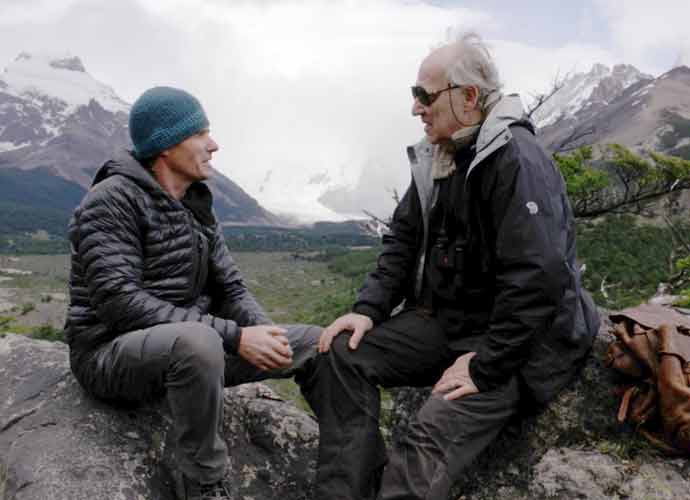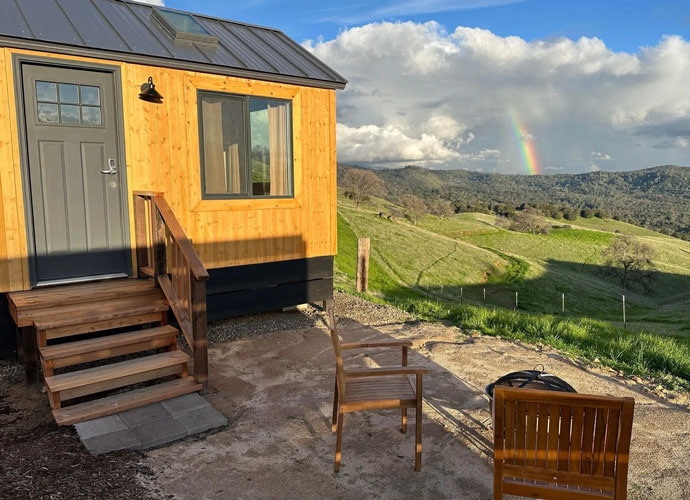‘Nomad’ Movie Review: Stirring, Introspective Documentary From Werner Herzog

4/5
Werner Herzog, that enigmatic monument to cinema, announces early on in his newest film that it won’t be a normal one. Nomad is divided into eight distinct, non-linear chapters all centered around the subject of Bruce Chatwin, an English adventurer and writer with whom Herzog maintained a unique relationship until the former’s untimely death of AIDS complications in 1989.
Herzog could make a compelling documentary about my salt shaker, so that Nomad is an engaging watch should surprise just about no one. What makes it a particularly powerful is how often Herzog turns the camera back on himself. Chatwin was a complicated figure, and his persona is a difficult one to capture without a number of tangents and diversions; Herzog ties everything together by interweaving his own interactions with Chatwin and his own Chatwin-like adventures around the globe.
Though the film is a real globe-trotter — we visit England, Wales, Australia, Ghana, and more in its sub two-hour runtime — the real focus here is Patagonia, a region whose prehistoric fossils and nomadic cultures provided endless fascination for both Chatwin and Herzog alike. Herzog tracks Chatwin’s eccentric, magnetic theories about the importance of motion and song in human development — a process that ends with some stirring ruminations on death by the 78-year-old director.
I had never heard of Chatwin before watching Nomad, and I left the film with an outline of an intricate figure whose qualities can hardly be contained in a single film. In many ways, Herzog uses this film to showcase the possibilities of filmmaking: to engage, inspire, and challenge during its runtime and to stick around in the viewers’ minds long after the credits roll.
RELATED ARTICLES
Get the most-revealing celebrity conversations with the uInterview podcast!







Leave a comment